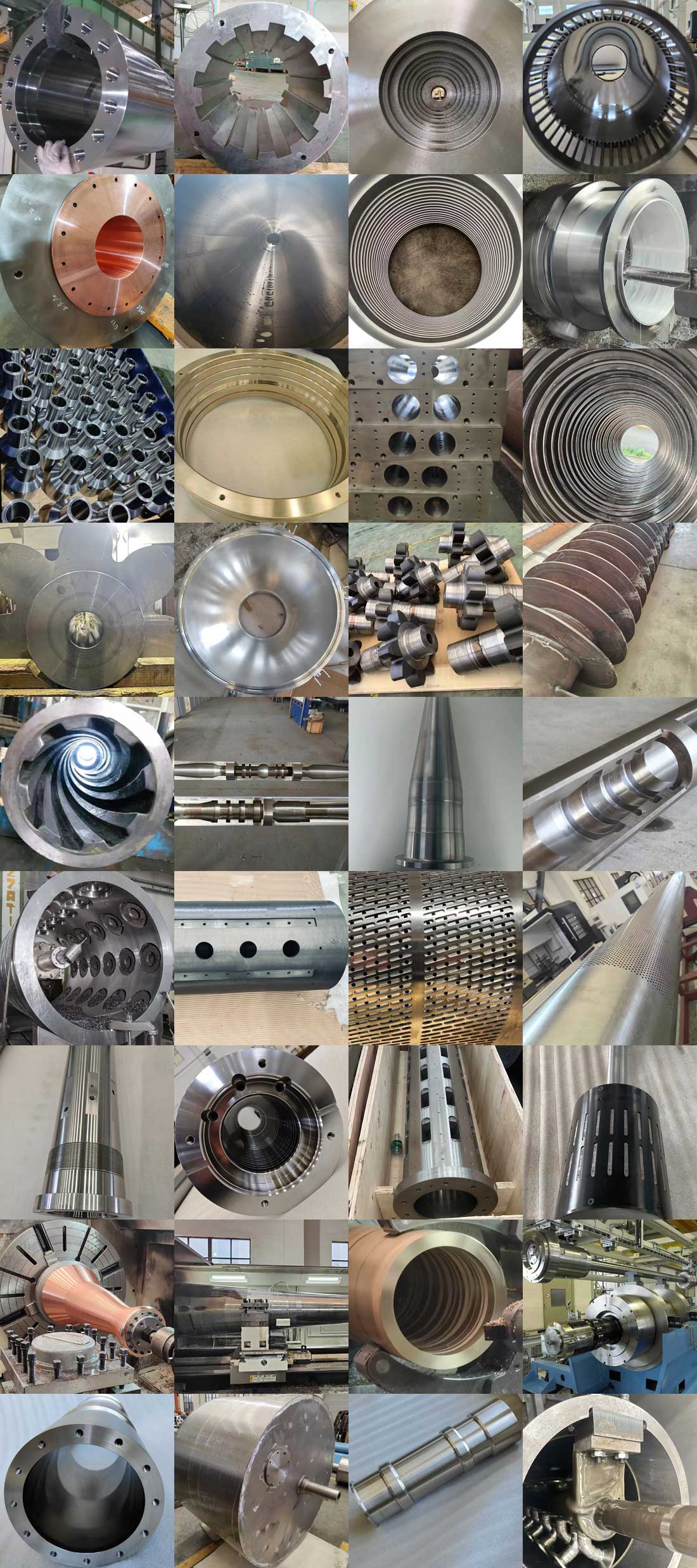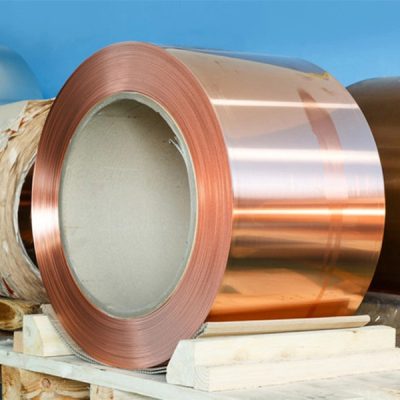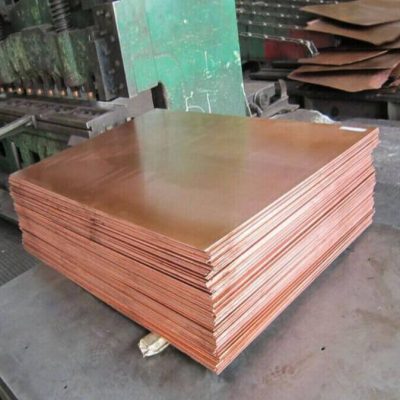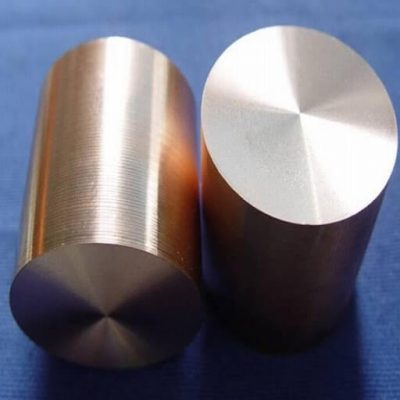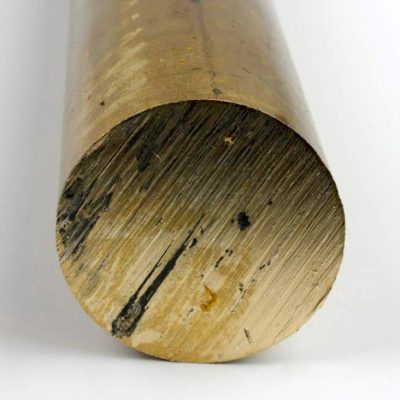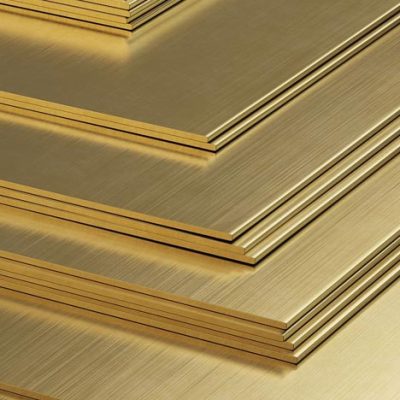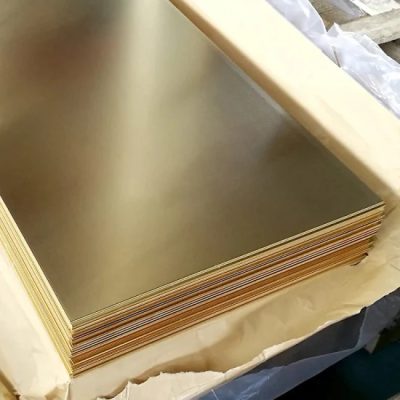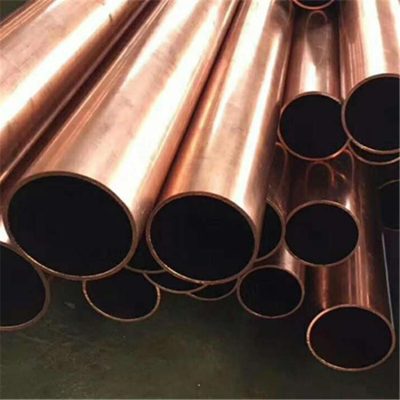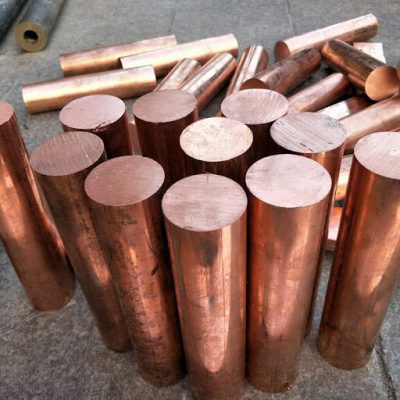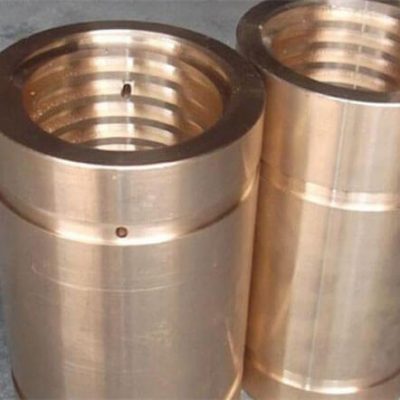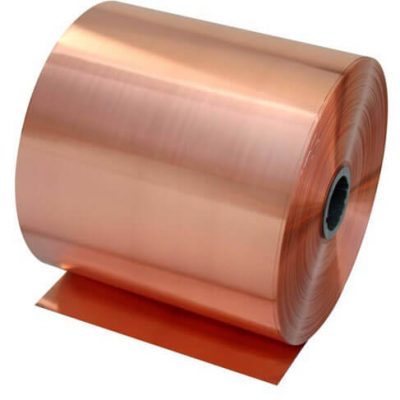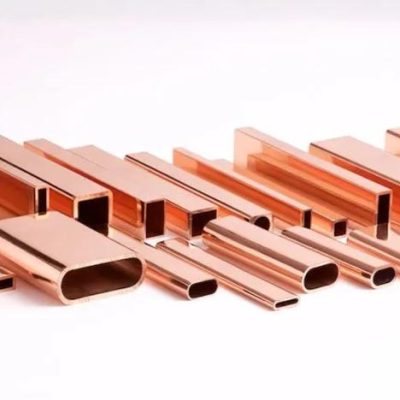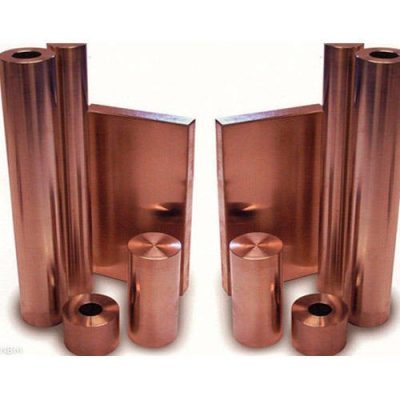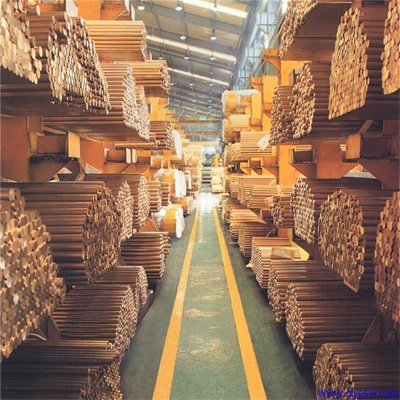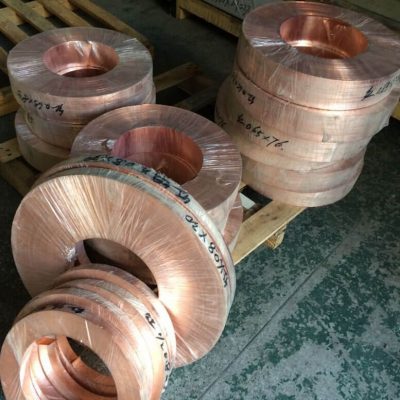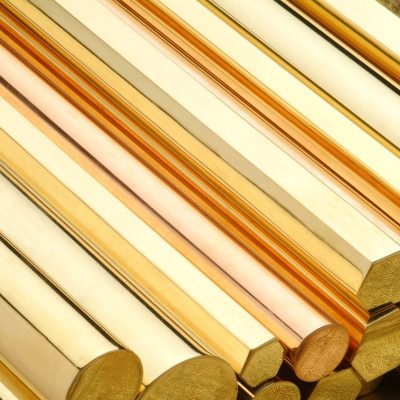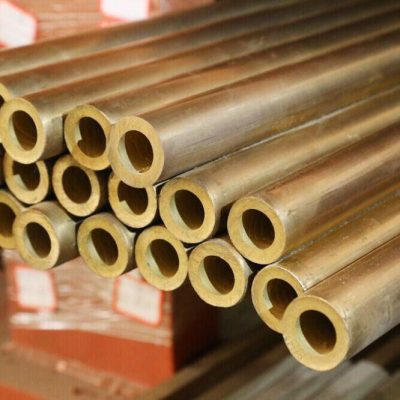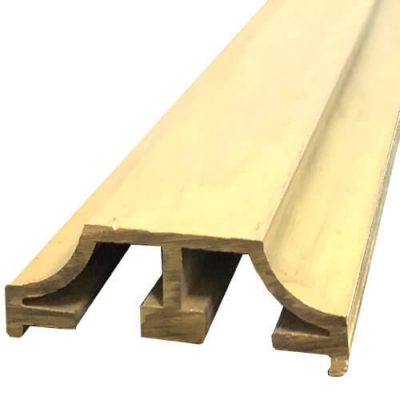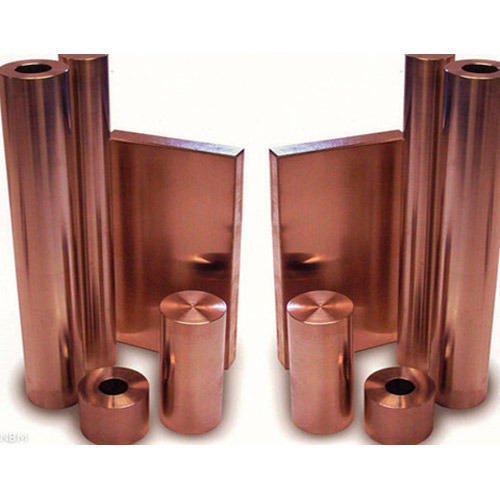
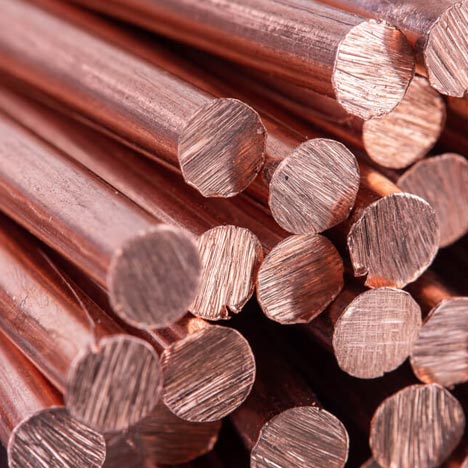
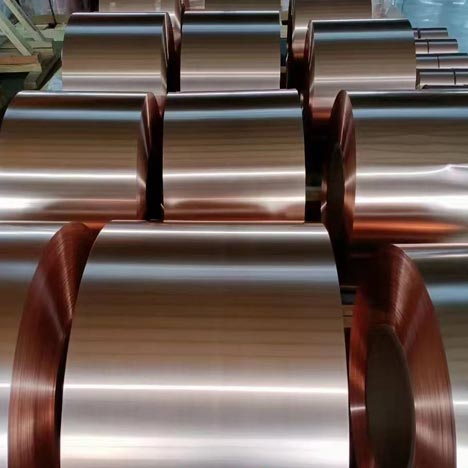
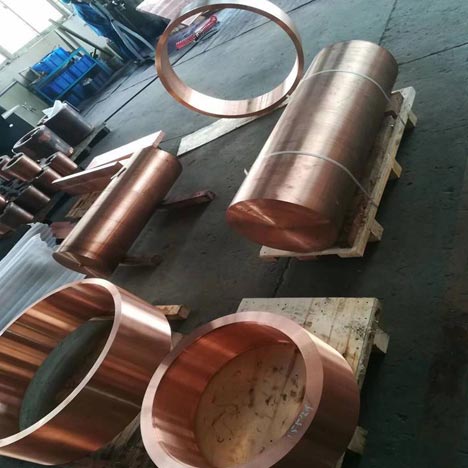




Beryllium Copper Series
Beryllium copper (BeCu), also known as copper beryllium (CuBe), beryllium bronze and spring copper, is a copper alloy with 0.5–3% beryllium and sometimes other elements. Beryllium copper combines high strength with non-magnetic and non-sparking qualities. It has excellent metalworking, forming and machining properties. It has many specialized applications in tools for hazardous environments, musical instruments, precision measurement devices, bullets, and aerospace. Beryllium alloys present a toxic inhalation hazard during manufacture.
Email: [email protected]
WhatsApp: 0086-18301953841

| Grade list of copper and copper alloys by country | |||||||
| Classification | China | Germany | America | Japan | England | Europe | International |
| oxygen free copper | TU1 | 2.0076 | C10200 | C1020R | C103 | ||
| TU2 | Cu-OF-H110 | C11000 | c1011 | C101 | |||
| Vacuum oxygen free copper | E-Cu58 | TU00 | c1020 | 6N | |||
| high purity | copper-OFE | c10500 | c10700 | ||||
| Silver copper | TAg 0.1 | CuAg 0.1 | C10400 | C1040 | CuAg 0.1 | ||
| brass | H90 | CuZn10 | C22000 | C2200 | CZ101 | CuZn10 | CW501L |
| H70 | CuZn30 | C26000 | C2600 | CZ106 | CuZn30 | CW505L | |
| H68 | C26200 | C2620 | CuZn33 | CW506L | |||
| H65 | CuZn35 | C27000 | C2700 | CZ107 | CuZn36 | CW507L | |
| H63 | CuZn37 | C27200 | C2720 | CZ108 | CuZn37 | CW508L | |
| H62 | CuZn40 | C28000 | C2800 | CZ109 | CW509L | ||
| bronze | QSn4-0.3 | CuSn4 | C51100 | C5111 | PB101 | CuSn4 | CW450K |
| CuSn5 | C51000 | C5101 | CuSn5 | CW451K | |||
| QSn6.5-0.1 | CuSn6 | C51900 | C5191 | PB103 | CuSn6 | CW452K | |
| QSn8-0.3 | CuSn8 | C52100 | C5210 | CuSn8 | CW453K | ||
| QSn6.5-0.4 | |||||||
| copper-nickel | BZn18-18 | CuNi18Zn20 | C75200 | C7521 | NS106 | CuNi18Zn20 | |
| BZn18-26 | CuNi18Zn27 | C77000 | C7701 | NS107 | CuNi18Zn27 | CW410J | |
| BZn15-20 | C7541 | CW409J | |||||
| BZn18-10 | C7350 | ||||||
| pure copper | TU2 | OF-Cu58 | C10100 | C1011 | C101 | CW008A | copper oxide |
| T2 | SW——copper | C11000 | C1100 | C101 | copper - FRHC | ||
| TP2 | SF-Cu | C12200 | C1220 | C106 | CW024A | copper - DHP | |
| TP1 | SW-copper | C12000 | C1201 | CW023A | copper DLP | ||
Beryllium copper is a ductile, weldable, and machinable alloy. Like pure copper, it is resistant to non-oxidizing acids like hydrochloric acid and carbonic acid, to plastic decomposition products, to abrasive wear, and to galling. It can be heat-treated for increased strength, durability, and electrical conductivity. Beryllium copper attains the greatest strength (to 1,400 MPa (200,000 psi)) of any copper-based alloy.[1] It has good thermal conductivity (62 Btu/ft-deg.F-H) 3-5 times more than Tool steel. It has a solid melting point of 1590 degrees Fahrenheit and 1800 degrees Fahrenheit liquid melting point. It has an excellent capacity for being hot formed. C17200 Copper has the strength and hardness similar to that of steel and Rockwell hardness properties in its peaked age condition are in the range of 200 ksi and RC45. C17200 has excellent corrosion resistant properties when exposed to harsh conditions such as sea water, and down-hole environments. It will withstand sulfide or chloride stress corrosion cracking, and will resist the effects of carbon dioxide and hydrogen embrittlement. Copper alloys in general have always been considered non-sparking. C17200 has the strength to withstand the use of a hand and mechanical tools. These non-sparking features are best applied in explosive environments such as in the Oil & Gas and gun powder industries.
Beryllium copper is a non-ferrous alloy used in springs, spring wire, load cells, and other parts that must retain their shape under repeated stress and strain. It has high electrical conductivity, and is used in low-current contacts for batteries and electrical connectors.
Beryllium copper is non-sparking but physically tough and nonmagnetic, fulfilling the requirements of ATEX directive for Zones 0, 1, and 2. Beryllium copper screwdrivers, pliers, wrenches, cold chisels, knives, and hammers are available for environments with explosive hazards, such as oil rigs, coal mines, and grain elevators. An alternative metal sometimes used for non-sparking tools is aluminium bronze. Compared to steel tools, beryllium copper tools are more expensive and not as strong, but the properties of beryllium copper in hazardous environments may outweigh the disadvantages.
Some other uses include:
1. Some percussion instruments for its consistent tone and resonance, especially tambourines and triangles.
2. Ultra-low temperature cryogenic equipment, such as dilution refrigerators, because of its mechanical strength and relatively high thermal conductivity in this temperature range.
3. Moulds for manufacturing plastic containers (including virtually every plastic milk jug), with the blow molding process.
4. Armour piercing bullets,[3] though such usage is unusual because bullets made from steel alloys are much less expensive and have similar properties.
5. Measurement-while-drilling (MWD) tools in the directional drilling industry. A non-magnetic alloy is required, as magnetometers are used for field-strength data received from the tool. Also for its high strength combined with anti-galling properties.
6. Servicing magnetic resonance imaging (mri) machines, where high strength magnetic fields make the use of ferrous tools dangerous, and where magnetic materials in the field can disturb the image.
7. Gaskets used to create an RF-tight (resistant to radio frequency leakage), electronic seal on doors used with EMC testing and anechoic chambers.
8. For a time, beryllium copper was used in the manufacture of golf clubs, particularly wedges and putters. Though some golfers prefer the feel of BeCu club heads, regulatory issues and high costs have made BeCu clubs difficult to find in current production.

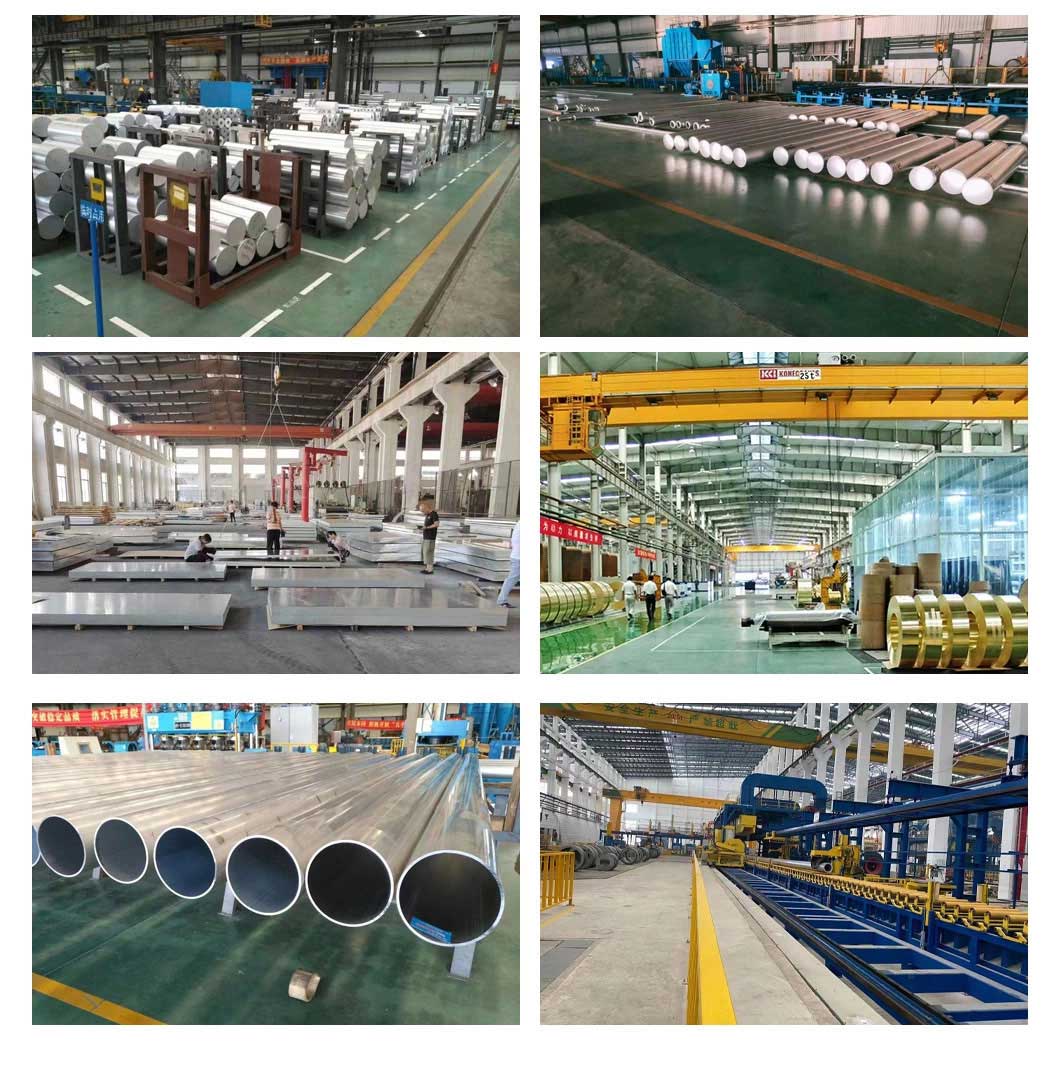
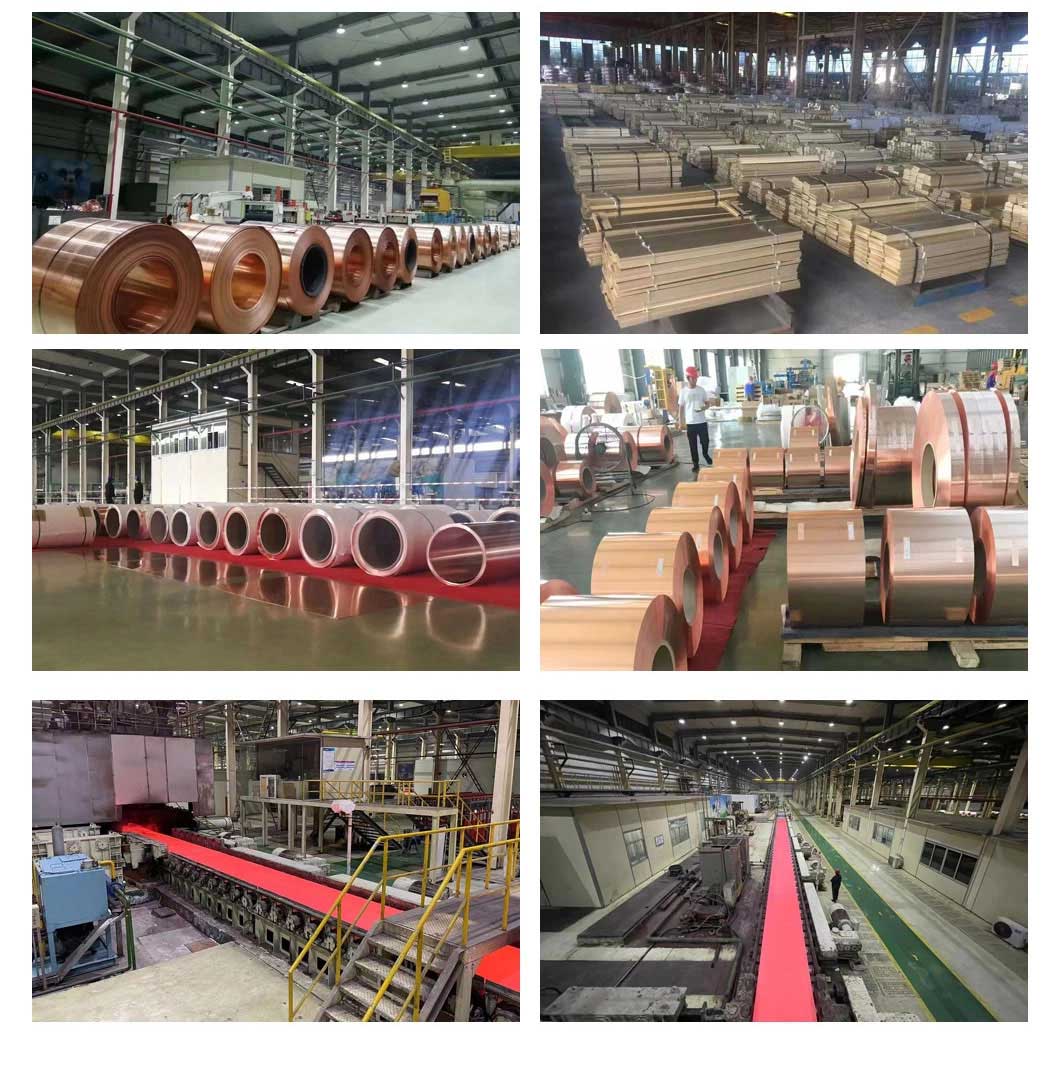
We also provide CNC precision machining services for our clients, covering industries such as energy, petrochemicals, steel, engineering machinery, plastics, prevention and control, hydraulics, healthcare, and food. Please feel free to send us drawings for inquiries.
